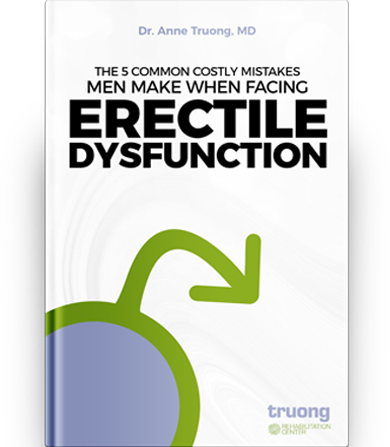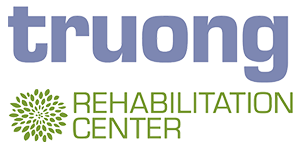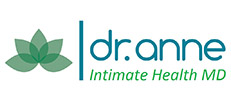Vampire facials can work – but they’re dangerous in the wrong hands
The goal is to generate healthier, youthful, flawless appearing skin
Environmental exposure, toxins, sun damage, stress, and the sheer passing of time can cause the skin to diminish and leave unwanted signs of aging. As a result, you may find that you appear worn out, tired or droopy. The lively, rosy hue once observed in your youth fades to dull gray because of less blood flow. The shape of your face becomes collapsed and saggy as muscle and collagen decrease. The texture of the skin becomes less smooth.
Some versions of the Vampire Facial have been shown to improve skin texture1 decrease acne scarring2, rejuvenate complexions by plumping up saggy under-eye skin3, and brighten sun-damaged faces4. More research is needed before we consider the treatment a dermatological mainstay, of course, but initial clinical trials are quite promising.
The ultimate goal is to generate healthier, youthful, flawless appearing skin.
Getting one at a spa increases your risk of infection
The New Mexico Department of Health released an alarming statement that detailed two people (and potentially more) may have contracted HIV via unsafe practices at a spa in Albuquerque. Both had received “Vampire Facials,” a cosmetic treatment that involves drawing a person’s blood from a vein in the arm, separating the plasma, and then injecting that plasma back into their face.
Despite their potential, vampire facials can be dangerous if they’re not administered by a board-certified physician, as evidenced by the heart-breaking situation in New Mexico.
Vampire Facials, also known as blood facials or platelet-rich plasma (PRP) facials, became mainstream after Kim Kardashian had one and posted a bloody aftermath photo on Instagram back in 2013. Since then, countless influencers have popularized the trend and have posted their procedures and results all over YouTube and Instagram. It’s also become popular in the wellness sphere since spas and salons can advertise it as organic, additive-free, and all-natural.
The Medical Aspect
It’s easy to see how dangerous the facial can be outside of a medical setting when you break down how it works. First, the patient has their blood drawn just as they would for a medical test or blood donation. The physician, nurse, or spa employee then deposits that blood into a vial and drops the fluid into a machine called a centrifuge that spins it at an incredibly fast speed to separate the red blood cells from the plasma they float in.
Next, that plasma—which is typically a clear-beige color—goes into a syringe and is injected into the patient’s face. Plasma contains “growth factors” that are great for wound-healing, and can even remodel skin and scar tissues. The most noticeable results occur when it is placed in deeper layer of the skin by performing something called Micro needling. Using either a pen-like or rolling tools with clusters of small thin needles, the devices create hundreds of microscopic punctures on the face of their patient. Those tiny injuries kick the body’s inflammatory response into effect, causing it to synthesize collagen—that plump, squishy molecule responsible for youthful-looking skin—and repair scar tissue with the help of those plasma growth factors.
Because the blood has to be stored and transferred to numerous containers throughout the facial process, and if those containers aren’t properly sanitized, it’s not out of the question that someone could easily contract an infection. It could even be possible that blood and plasma in some spas and salons aren’t as rigorously labeled as they would be in a hospital, causing employees to give a customer a facial with someone else’s blood.
Downtime is generally minimal — you look like you have a sun burn. You can go back to work the next day with some cover up. I had mine and went to a wedding the next day. But again, that doesn’t mean the procedure should be taken any less seriously. The skin functions as one of our main barriers to disease and once punctured there is a risk for infection.
In the End…
We aren’t saying that all non-medical settings put your health at risk—plenty of spas administer Vampire Facials safely across the U.S. The difference is, medical offices and hospitals administer them safely every time. Those settings undergo meticulous and constant oversight when it comes to blood storage and sanitation to prevent infecting one patient with another’s disease.
Thankfully, the spa in Albuquerque closed down in September of last year after a New Mexico Department of Health inspection identified their dangerous practices. Anyone looking at any procedure that involves blood and a needle to the face should seek care from a board certified medical doctor (MD or DO) instead of a spa employee.
- Scars Burn Heal. 2018 Jan-Dec; 4: 2059513118808773.
- J Cosmet Dermatol. 2018 Feb;17(1):73-83. doi: 10.1111/jocd.12459. Epub 2017 Dec 10.
- Cureus. 2018 Jul; 10(7): e2999.
- JAMA Dermatol. 2018 Dec 1;154(12):1447-1452. doi: 10.1001/jamadermatol.2018.3977.











